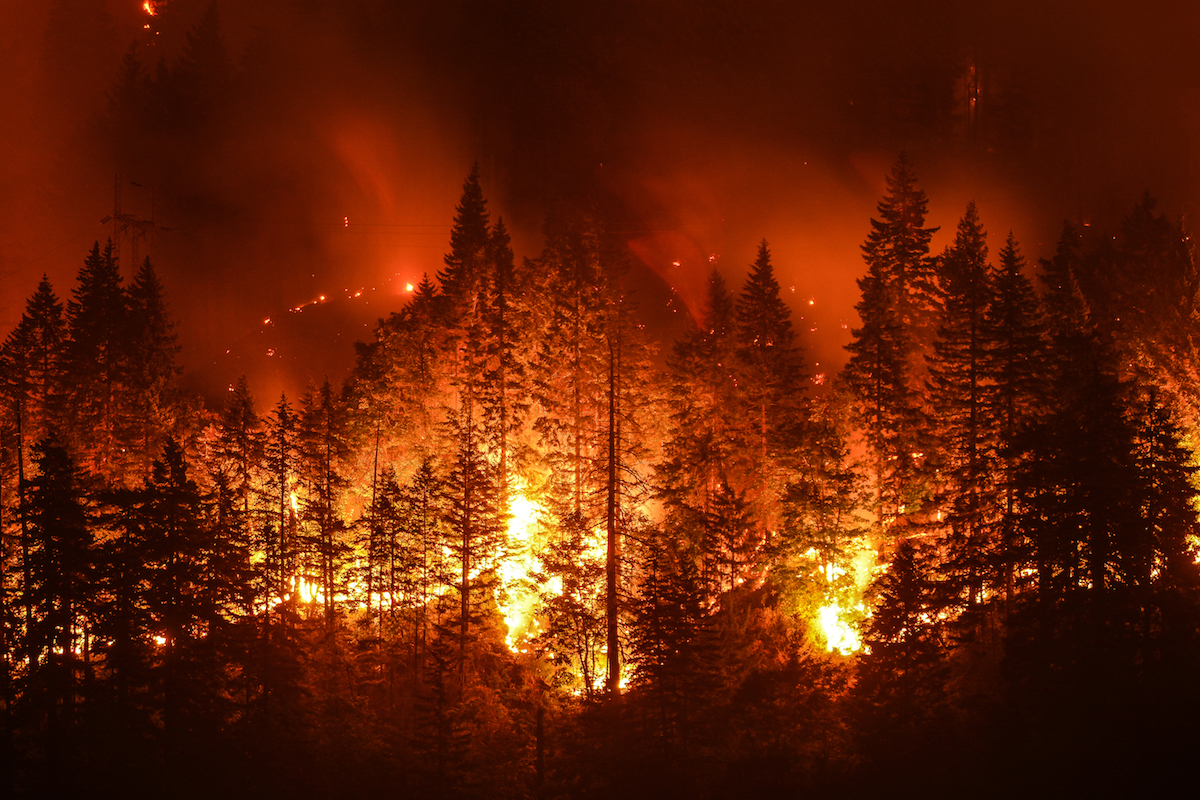
Satellites can be crucial tools in battling wildfires
The severe wildfires that plagued California during the summer and fall of 2017 cost millions in damages was just another indication of the increasing effect of climate change.
As temperature increase and droughts become more and more frequent, the risk of fires will also increase.
NASA satellite instruments can detect wildfires and can send vital data about the size and location to land managers. These satellites and technology are crucial to understanding how wildfires spread, the range and direction of the smoke direction, and how the fires impact the ecosystems.
“NASA’s satellite, airborne and field research capture the full impact of fires in the Earth system, from rapid detection of actively burning fires, transport of smoke and changes in ecosystems in the days to decades following fire,” said Doug Morton, a research scientist at NASA’s Goddard Space Flight Center in Greenbelt, Maryland.
Satellites collect data across the globe several times throughout the day, some as frequently as every five to fifteen minutes.
There are two different types of satellites that monitor the Earth and send data back. First is the polar orbiters that can take detailed looks of views and smoke around the world, and second are the geostationary satellites.
There are dozens of instruments that help specifically with monitoring and analyzing fires, and this data is critical to disaster response efforts.
The Atmospheric Infrared Sounder (AIRS) instrument collects data on carbon monoxide concentrations and pollution from burning fires.
The Multi-angle Imaging Spectroradiometer (MISR) instrument focuses on smoke plumes, as measuring their height can then dictate how far the smoke will travel in the atmosphere.
Other instruments can provide both visible imageries during the day and infrared imagery at night, with thermal detectors that reveal fire hotspots that are actively burning, their smoke plumes, and heat signatures from the fires.
Temperature, smoke plumage, pollution from smoke particles, location, and the extent of damage are all necessary to understanding, combating, and preventing fires across the globe, and NASA instruments provide crucial data to accomplish this task.
—
By Kay Vandette, Earth.com Staff Writer












